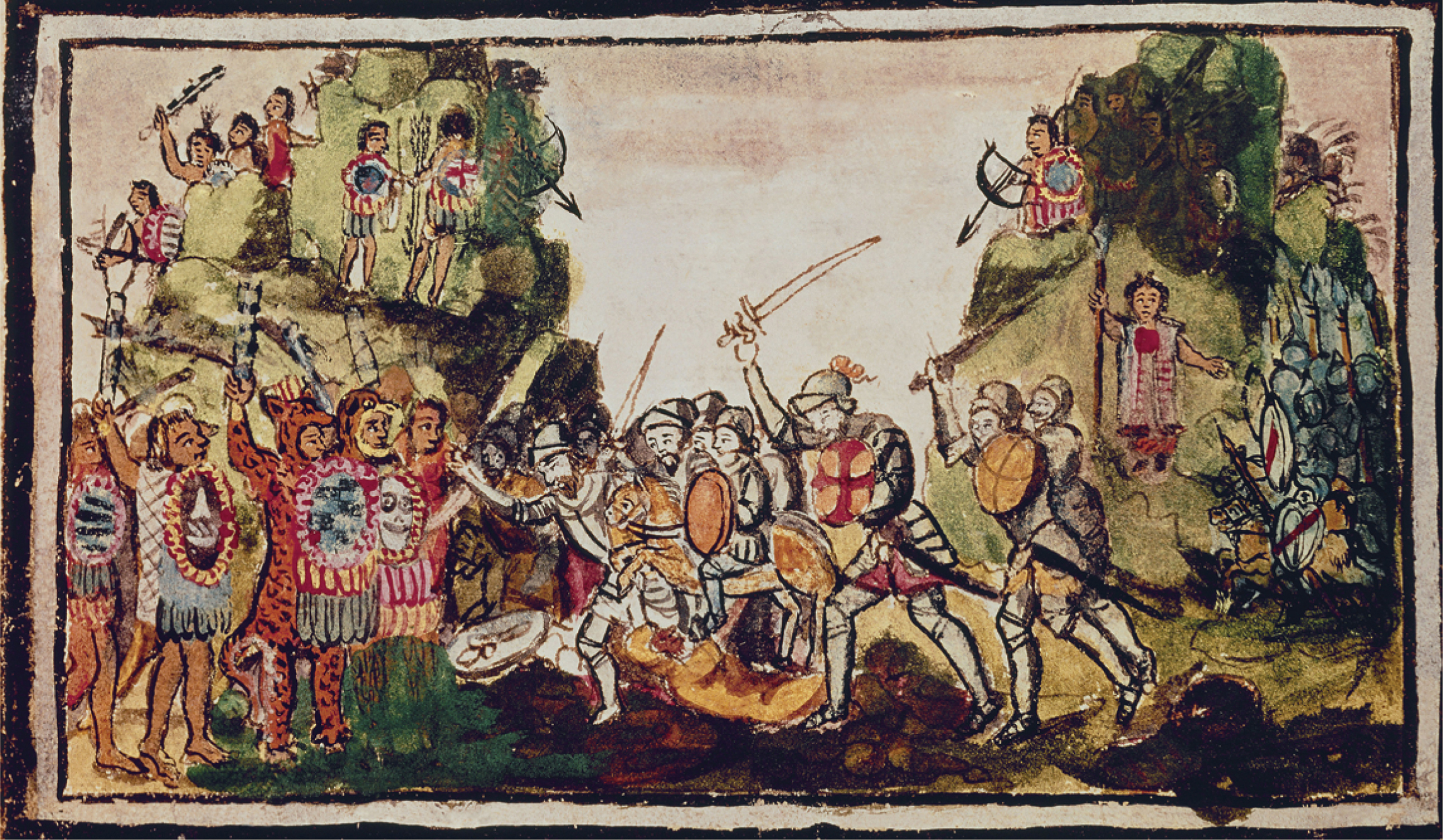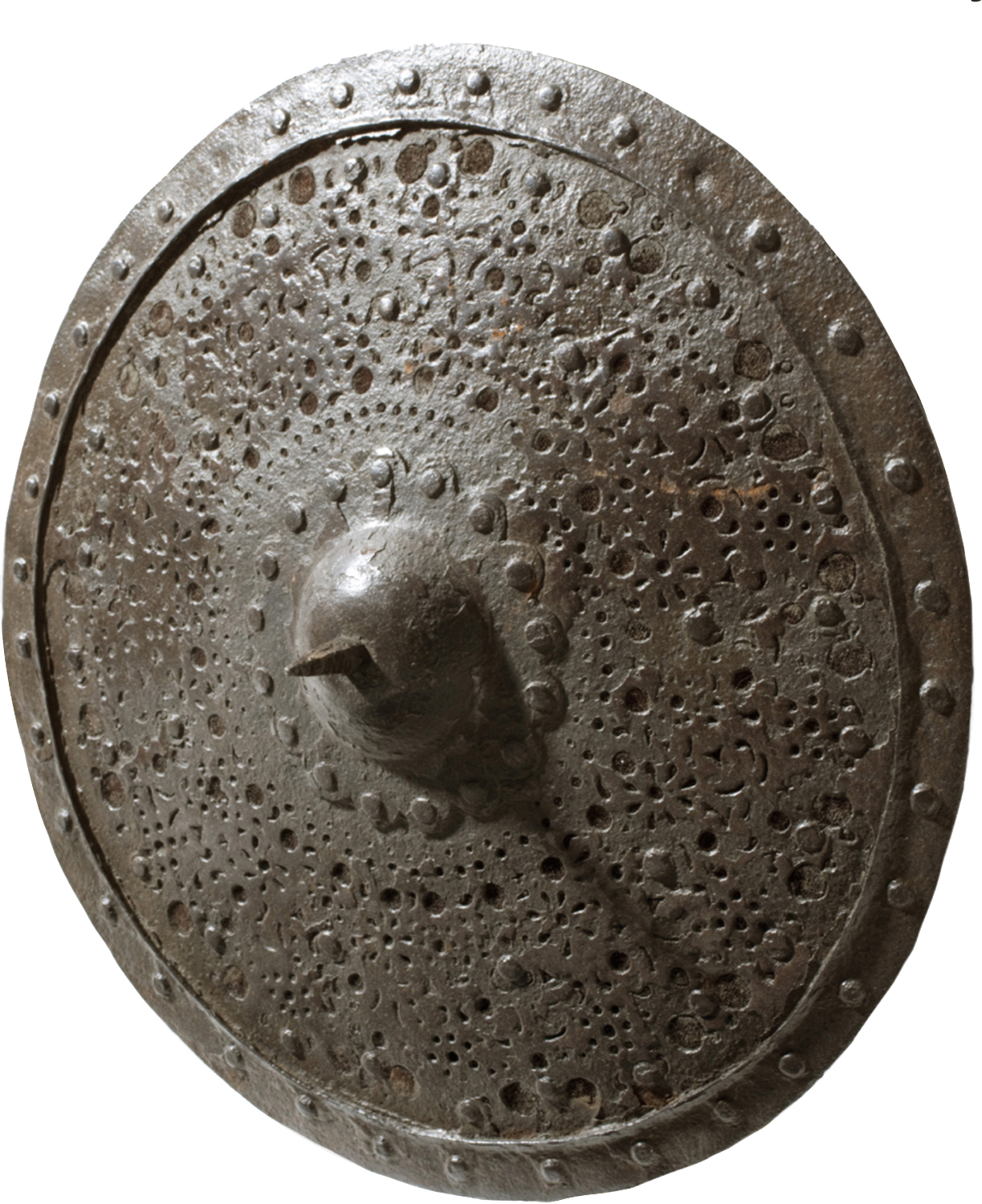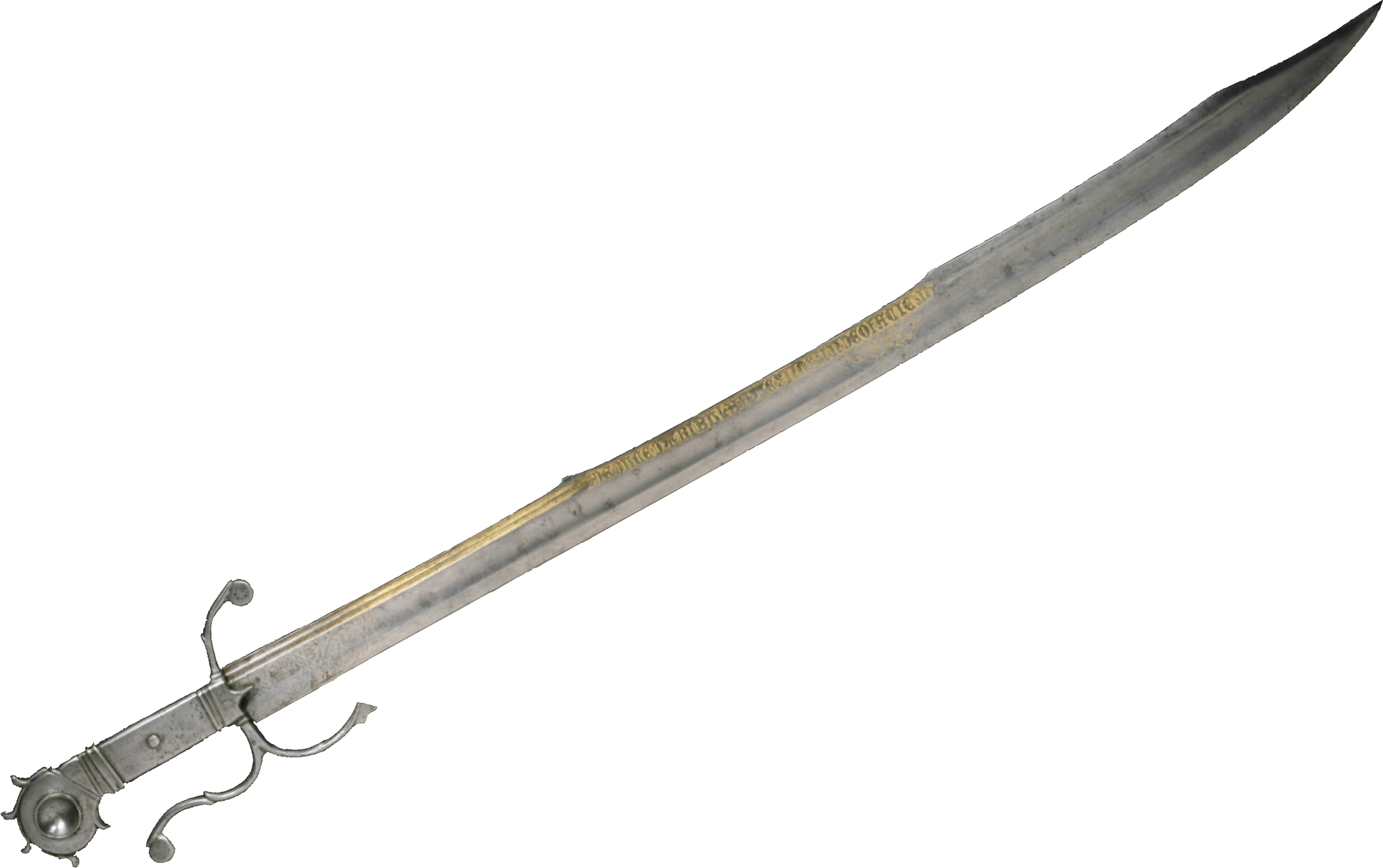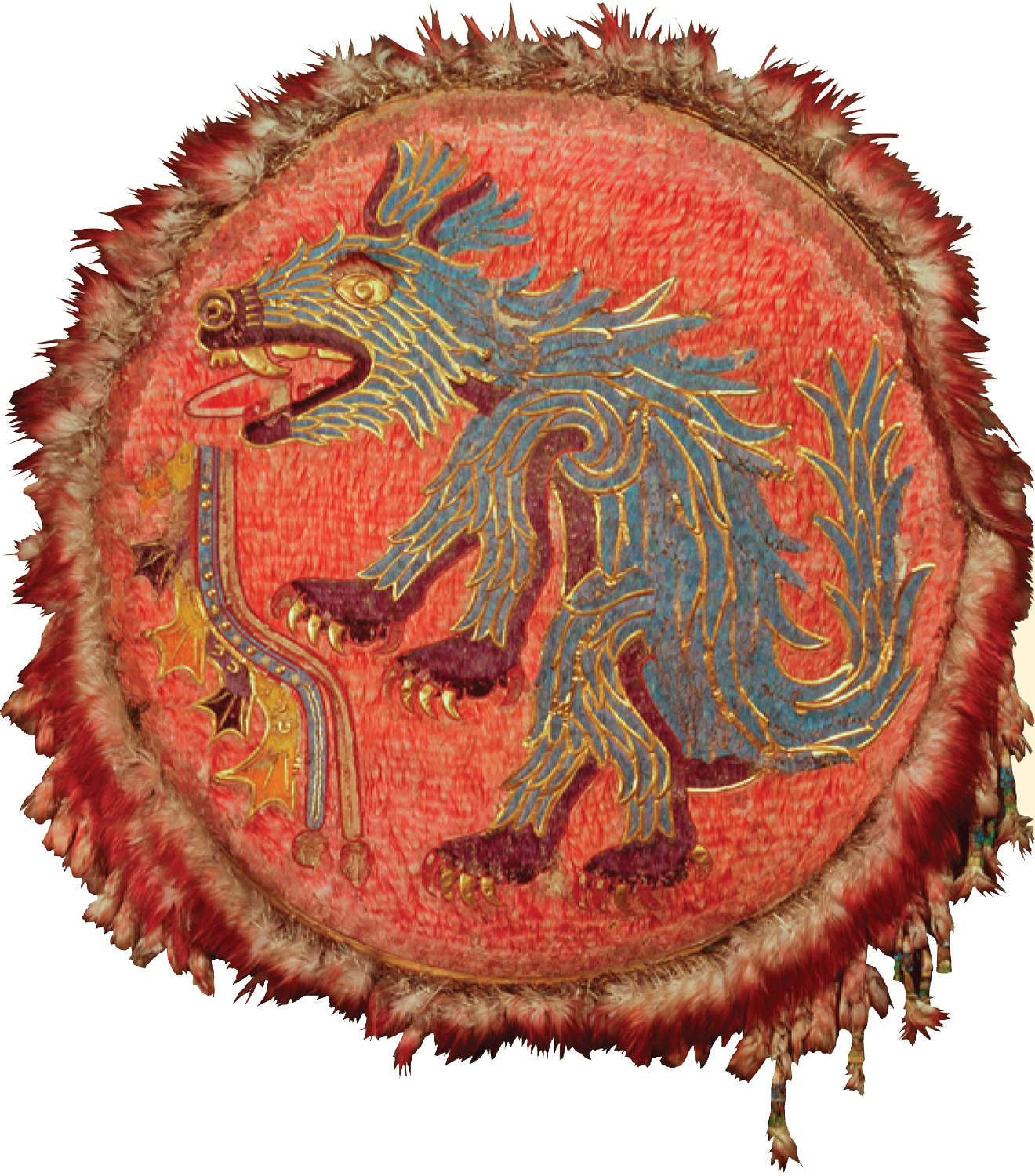The American Promise:
Printed Page 36
VISUALIZING HISTORY
Weapons of Conquest


For centuries, Spanish soldiers and Mexican warriors wielded weapons that had proven to be effective in their respective military cultures and dominated their lands. When the Spanish conquistadors traveled to the New World during the sixteenth century, the battles of conquest revealed the deadly limitations of weaponry that the Mexica had used to build their mighty empire.
The Mexica fought with offensive weapons similar to the wooden club shown here. Razor-

In Europe, Spaniards had gone to battle for centuries with offensive weapons made of steel, like the sword shown here. Like the Mexican club, the steel sword was effective only at close range; the sword shown here, for example, is three feet long. (The effective range of a modern military rifle is nearly a mile.) This sword is inscribed with Latin mottoes that read on one side, “Turn away these troubles from us,” and on the other side, “With God we achieve lofty goals but nothing by ourselves.” Why might these inscriptions have been meaningful to a Spanish soldier who slashed and stabbed enemies with this sword?


On the battlefields of sixteenth-
Horses were unknown in Mexico until Spaniards imported them. What offensive and defensive advantages did horses provide for mounted Spanish soldiers when in combat against Mexican foot soldiers? Did horses have any disadvantages for Spaniards or any advantages for the Mexica?
While the Mexica wounded and killed many Spaniards, in the end Spaniards prevailed and conquered Mexico. Although Spaniards’ superior weaponry contributed to their success, can you imagine tactics that the Mexica might have used to delay, subvert, or even defeat Spanish conquest?
SOURCE: Mexican warriors and Spanish conquistadors: Album SuperStock; Spanish shield: akg-
Questions for Analysis
- Why might Mexican warriors have considered bright designs made with feathers useful for offense or defense?
- Looking at the Mexican war club and the Spanish battle sword, what does each weapon’s design suggest about the fighter’s ultimate goal in combat?
- What does the relatively short effective range of the Spanish sword and the Mexican club suggest about combat during the conquest?
Connect to the Big Idea
While combat was an important part of Spanish conquest, what else contributed to Spaniards’ conquest of Mexicans?